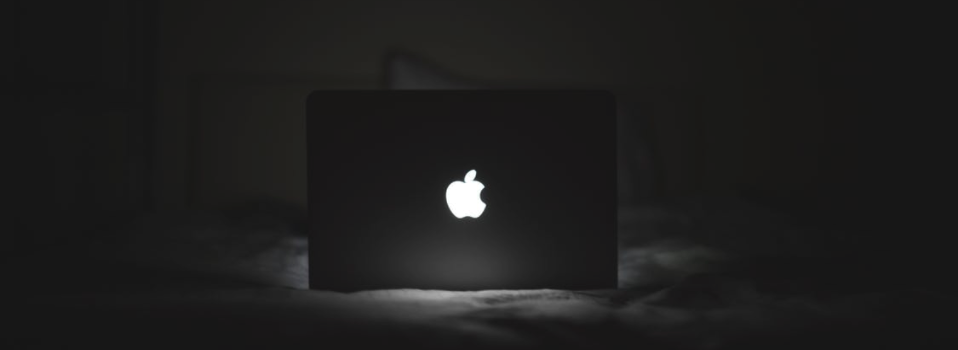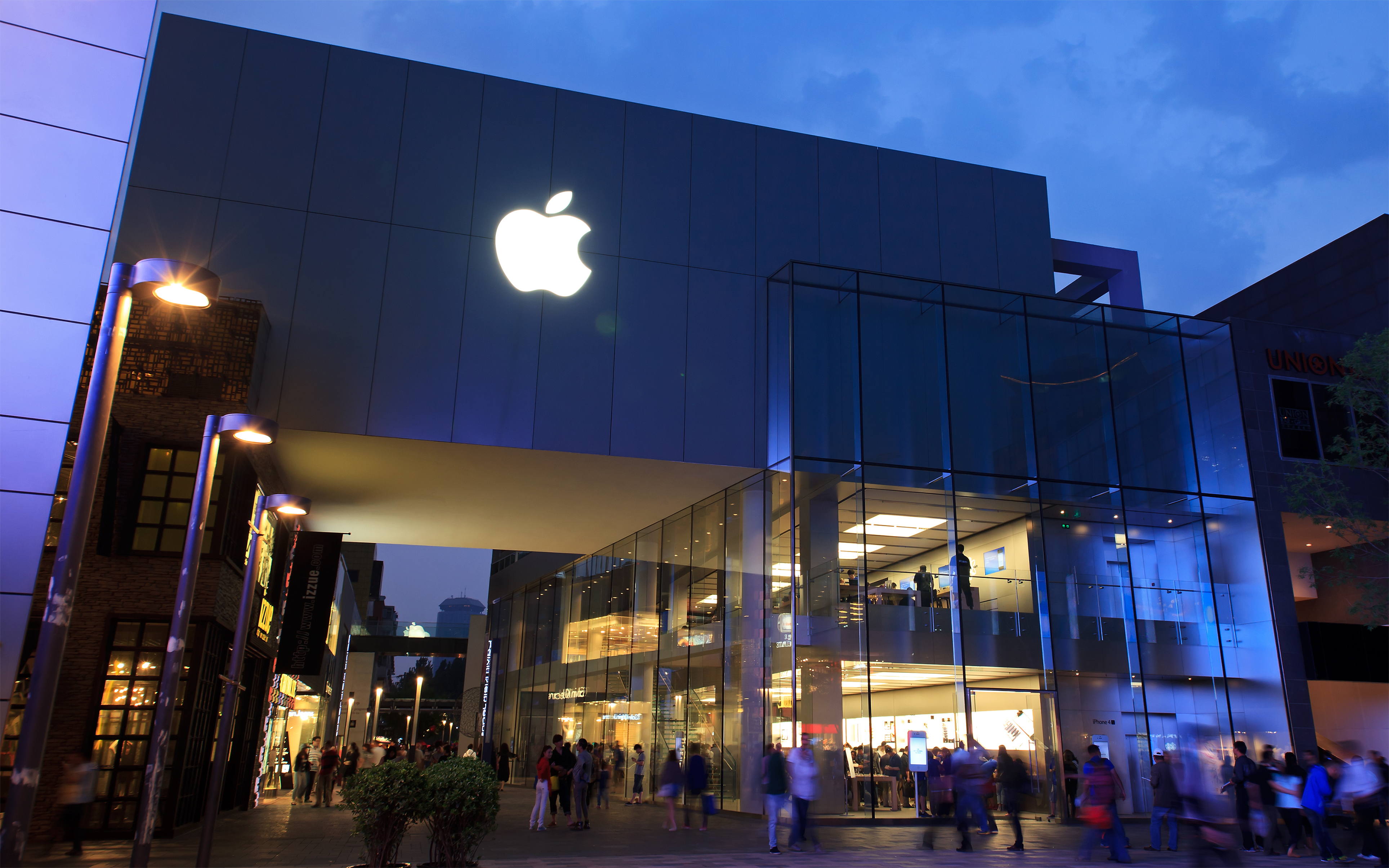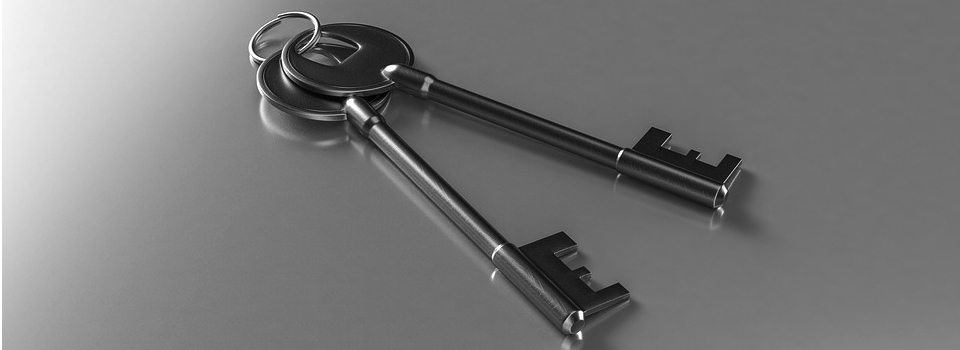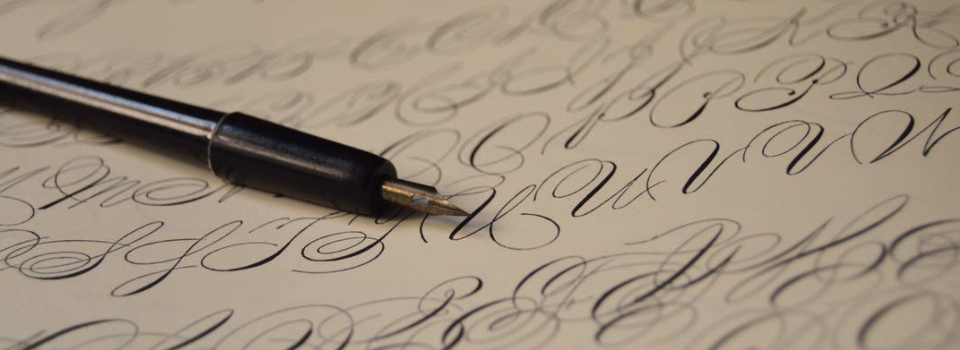Messing around on electronics before bed can seriously affect the quality of your sleep.
Scrolling through your smartphone, tablet or laptop keeps your brain active and can even send your stress levels through the roof (especially if you’re in the bad habit of checking your work emails right before bed!)
There’s a scientific reason why electronics make it difficult for you to doze off, as the blue light emitted by smartphone, tablet and computer screens disrupts your circadian rhythm, tricking the brain into thinking it’s still daytime. The end result? A night spent starting up at the ceiling, counting down the hours until you have to get up for work.
Many manufacturers have realised that their products are preventing people from getting their recommended 8 hours of sleep, and have introduced ways to adjust the display for evening and daytime use. iPhone, iPad and Apple TV all have a dedicated ‘Dark Mode’ that helps reduce blue light exposure, and macOS 10.12.4 introduced a similar ‘Night Shift’ feature. Night Shift automatically shifts your Mac’s display away from blue, and towards the warmer, more yellow-toned end of the spectrum once the sun has set.
In this article, I’ll show you how to increase your chances of waking up refreshed and ready for the day ahead, by setting up Night Shift on your Mac.
Night Shift can significantly reduce the amount of blue light you’re exposed to, but it does make your display look noticeably yellow! If you can’t cope with these yellowy tones, then I’ll also be looking at some alternative ways to reduce blue light emissions, so you can still get that great night’s sleep you’ve been dreaming about.
Enable Night Shift
If you’ve installed macOS Sierra 10.12.4 or higher, then you’ll find the Night Shift settings in your Mac’s ‘System preferences.’
- Select the ‘Apple’ logo from the Mac menu bar.
- Navigate to ‘System preferences > Displays.’
- Select the ‘Night Shift’ tab.
Night Shift can take some getting used to, so you should preview how your display will look with Night Shift enabled – just so you know what you’re letting yourself in for!
To immediately switch your display to Night Shift mode, select the ‘Manual: Turn On Until Tomorrow’ checkbox. If you can cope with this colour change, then you can set Night Shift to either:
- Turn on and off based on a schedule. Open the ‘Schedule’ dropdown and select ‘Custom,’ and then specify the times when Night Shift should be active.

- Turn on automatically when the sun sets, and turn off when the sun rises. Open the ‘Schedule’ dropdown and select ‘Sunset to sunrise.’ This schedule is based on the sunset and sunrise times in your area, so you’ll need to enable location services, if you haven’t already.
Regardless of which option you select, you can use the ‘Color temperature’ slider to tweak the amount of blue light that Night Shift actually blocks, which will affect how yellow your display appears when Night Shift is enabled. To make your display less yellow-toned, drag the slider towards the ‘Less warm’ end of the spectrum. Alternatively, if you really want to minimise the amount of blue light you’re exposed to, then drag the slider towards the ‘More warm’ end of the spectrum.
If you’d prefer to enable Night Shift as and when you need it, then you can toggle Night Shift from the Notification Centre:
- Click the little lined icon in your Mac’s upper-right corner.
- Make sure the ‘Notifications’ tab is selected.
- Scroll to the very top of the Notification Centre, which will reveal two additional sliders.
- Toggle the ‘Night Shift’ slider on and off, as required.
Alternatively, you can toggle Night Shift with a Siri command – just tell Apple’s Assistant to “Turn on Night Shift” or “Turn off Night Shift.”
Note that macOS will try to extend Night Shift to any external displays that you’ve connected to your Mac, but this feature may not always work reliably across all external displays.
Not a fan of the Night Shift display?
Night Mode isn’t for everyone, but even if you can’t deal with a yellow-toned display there’s still a few ways that you can reduce the amount of blue light you’re exposed to.
One trick, is to give your Mac’s menu bar and Dock a darker look:
- Select the ‘Apple’ logo from your Mac’s menu bar.
- Navigate to ‘System Preferences > General.’
- Select ‘Use dark menu bar and Dock.’
This change is pretty noticeable in the menu bar, but since the Dock is transparent whatever is behind the Dock is going to show through, which can make the difference difficult to spot. In particular, if your Desktop wallpaper is bright and colourful then you might not notice any change at all! If this happens, then you may want to consider changing your wallpaper to something more subdued.
Banish blue
macOS uses blue for many of its user interface elements, including buttons, menus and windows. You can tone down your Mac’s display, by switching from blue to graphite:
- Head over to ‘System preferences > General.’
- Open the ‘Appearance’ dropdown, and select ‘Graphite.’
This is a subtle change that might be difficult to spot at first, but if you toggle between ‘Blue’ and ‘Graphite’ you should notice that the ‘General’ menu becomes much less colourful.

Whether you’re selecting a file in Finder or highlighting a piece of text in a word document or web browser, macOS always uses blue as its highlighting colour.
You can switch from blue, to something more subdued by opening the ‘Highlight color’ dropdown and choosing a new colour from the list. Alternatively, click ‘Other…’ and then build your perfect shade, using the subsequent colour picker. Just be aware that some colours don’t work too well for highlighting, for example if you opt for pure black then whenever you highlight black text you’re going to get a solid block of colour, and it’ll be impossible to read the text.
Before you go
After spending over 20 years working with Macs, both old and new, theres a tool I think would be useful to every Mac owner who is experiencing performance issues.
CleanMyMac is highest rated all-round cleaning app for the Mac, it can quickly diagnose and solve a whole plethora of common (but sometimes tedious to fix) issues at the click of a button. It also just happens to resolve many of the issues covered in the speed up section of this site, so Download CleanMyMac to get your Mac back up to speed today.








Add Comment